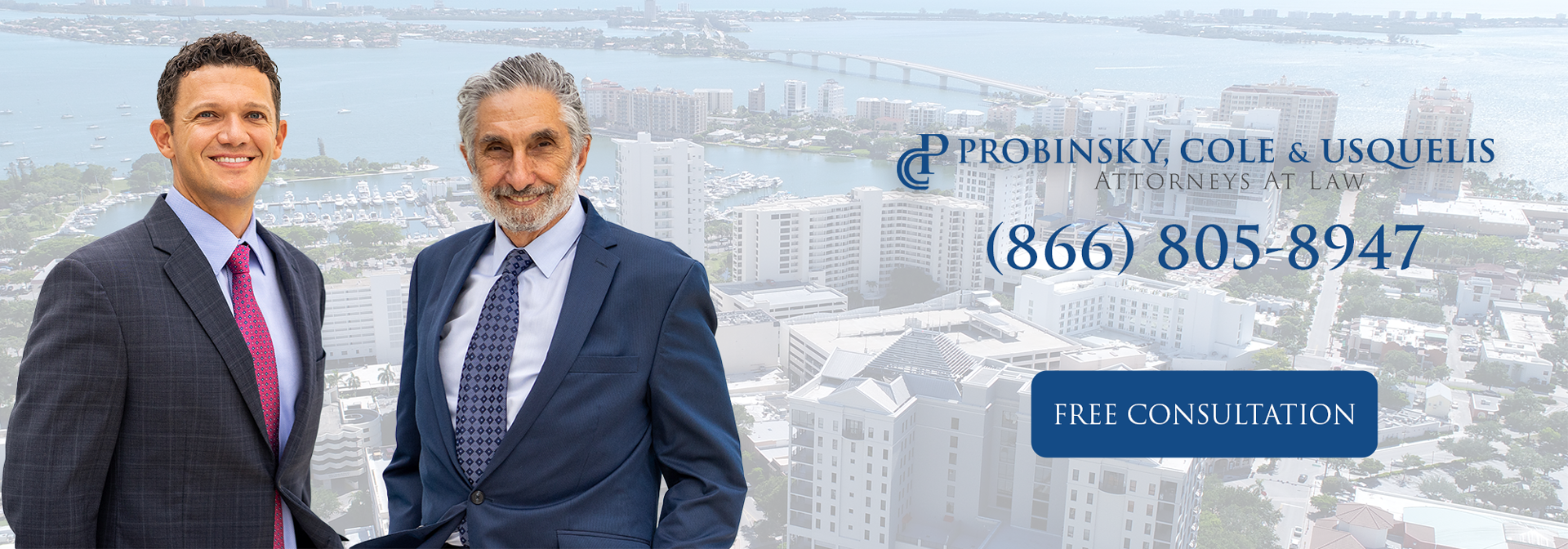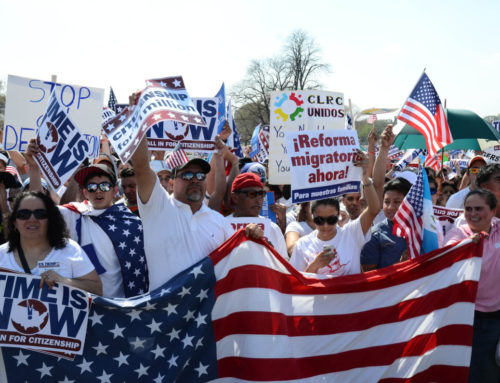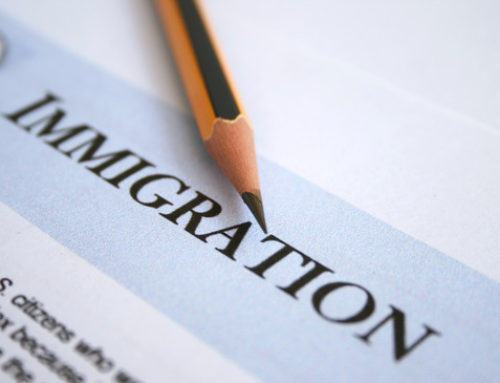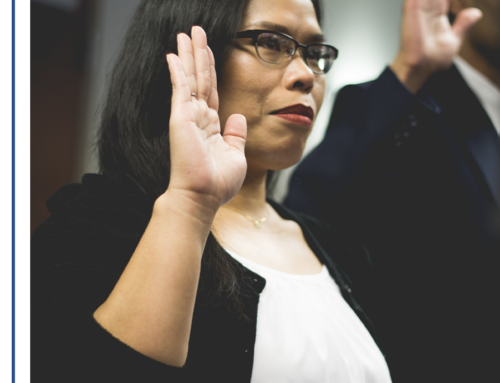The immigration landscape is complex and changes constantly. If you are looking to obtain a visa for any number of reasons, the department of U.S. Citizen and Immigration Services provides the guidance you need. However, it is recommended that you also seek out legal advice to help you to navigate the immigration process and ensure that your petition is granted without delay. One of the more sought-after visas is a Student Visa. If you are hoping to study as a full-time student in the United States, you will typically be required to obtain a student visa.

There are two nonimmigrant visa categories for individuals looking to pursue education in the United States. These visas are commonly known as the F and M visas.
Qualifications for a Student Visa
A foreign individual may qualify for an F-1 or M-1 visa if they meet the following criteria:
- The applicant must be enrolled in an academic educational program, a language-training program, or a vocational program
- The educational organization must be approved by the Student and Exchange Visitors Program, (ICE)
- The applicant must be enrolled as a full-time student
- The applicant must prove proficiency in English (or be enrolled in an educational program for English proficiency)
- The applicant must have adequate funds available to support themselves during the entire term or course of study
- The applicant must have a permanent residence outside of the United States which they will not be giving up
F-1 Student Visa
The F-1 Visa (Academic Student) allows the individual to enter the U.S. as a full-time student at an accredited college, university, seminary, conservatory, academic high school, elementary school, or other academic institution. They may also be enrolled in a language training program. The program or course of study is required to result in a degree, diploma, or certificate. The school must be authorized by the U.S. government to accept international students under this visa.
M-1 Student Visa
The M-1 visa (Vocational Student) classification includes students in vocational or other nonacademic programs. This visa does not include language training which is covered by the F-1 Student visa.
Employment and the Student Visa
F-1 students are not permitted to work off-campus during their first year of academic study, but may accept on-campus employment if it meets specified conditions and restrictions. After the first academic year, F-1 students may seek one of three types of off-campus employment:
- Curricular Practical Training (CPT)
- Optional Practical Training (OPT) (pre-completion or post-completion)
- Science, Technology, Engineering, and Mathematics (STEM) Optional Practical Training Extension (OPT)
F-1 students may also be permitted to work off-campus on a case-by-case basis, if severe economic hardship is present or special student relief is required . M-1 students may seek practical training only after they have completed their education.
For both F-1 and M-1 students, any off-campus employment must be directly related to their studies and must be approved before to starting any work or employment.
For more information on the Student and Exchange Visitors Program, see the Student & Exchange Visitor Program, Immigration & Customs Enforcement and the Study in the States Training Opportunities in the United States pages.
If you have immigrated to the United States and are interested in changing to F or M Student Status, call the immigration attorneys at Probinsky & Cole. We can help you to understand the process, fill out your application and remain by your side until the process concludes.







